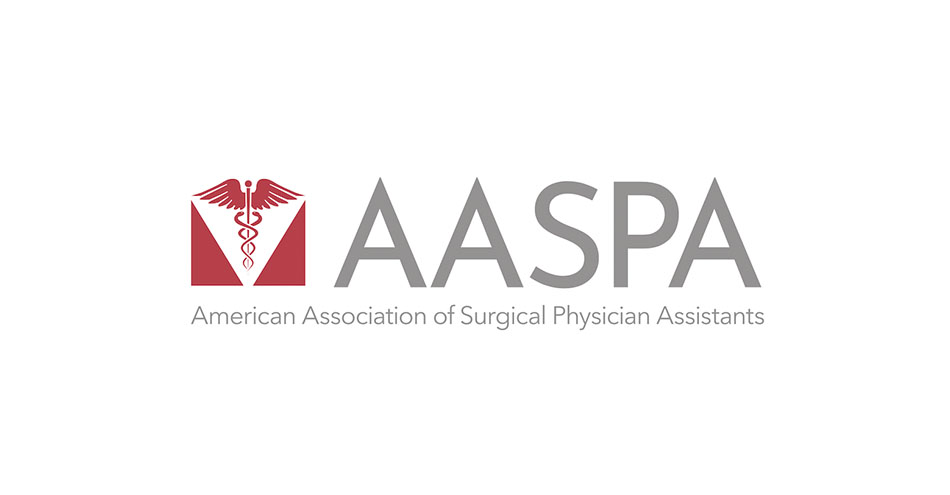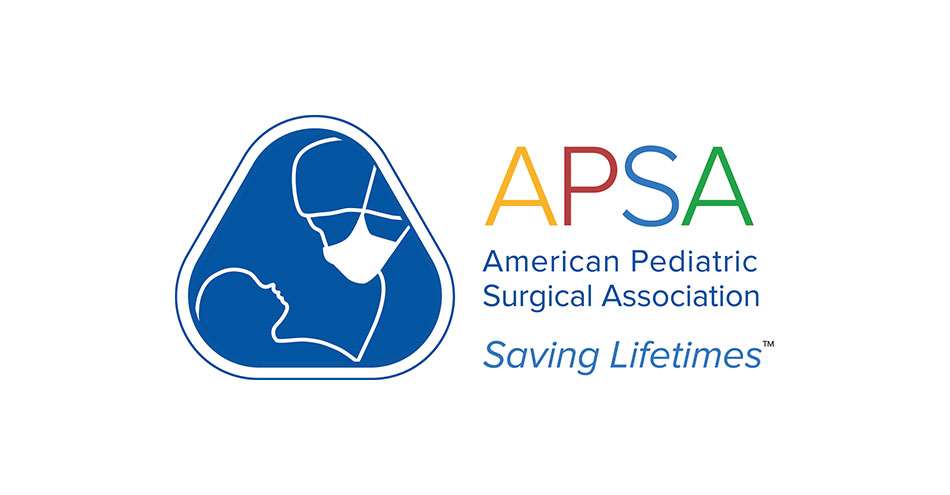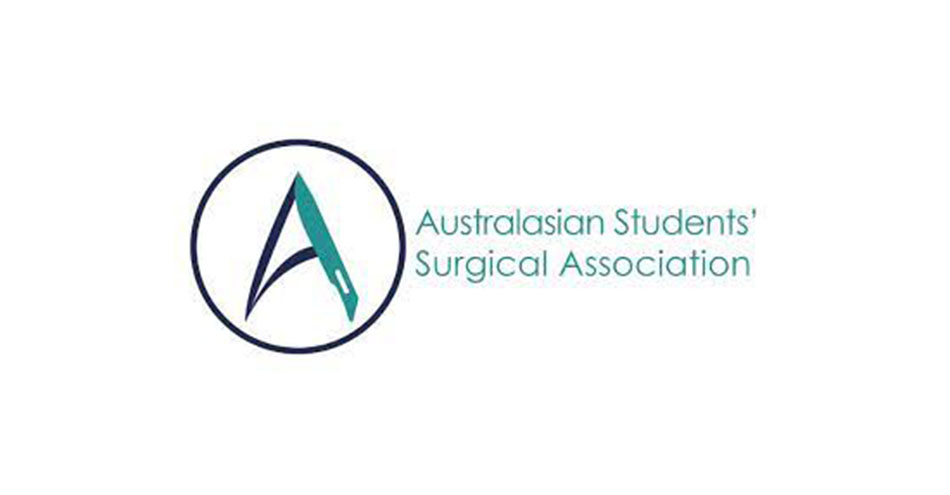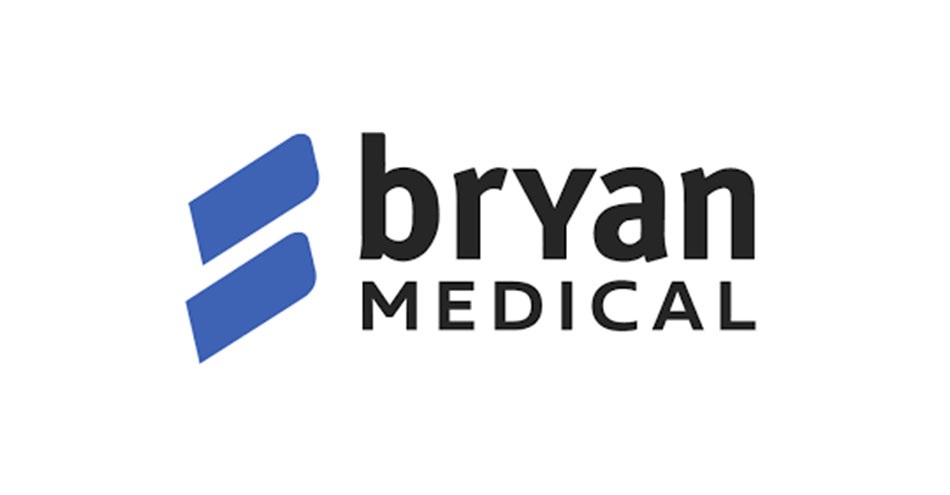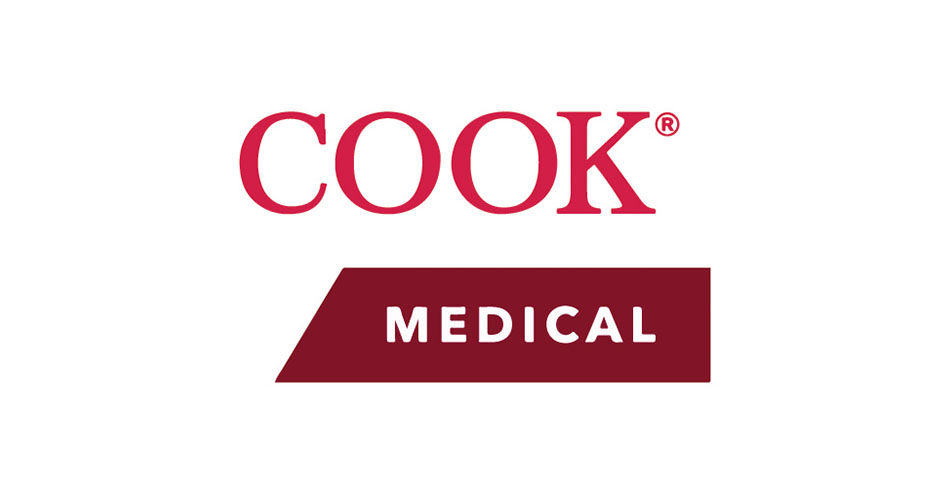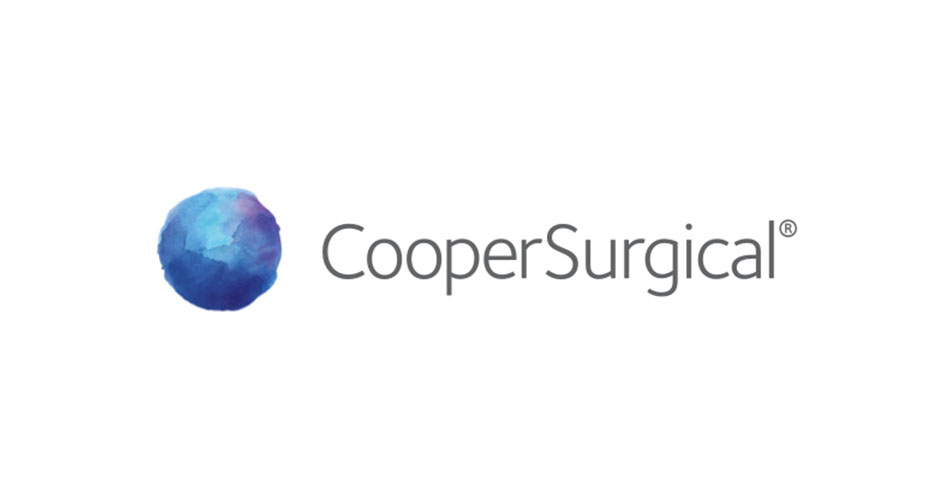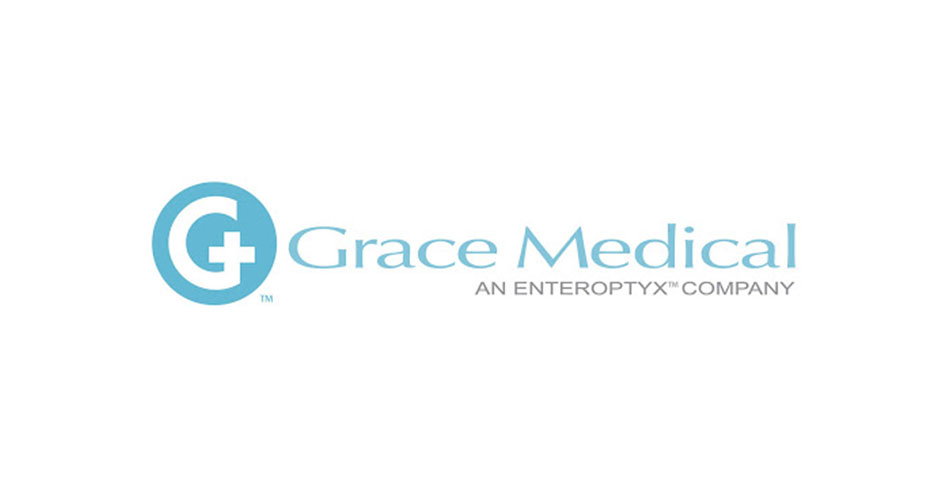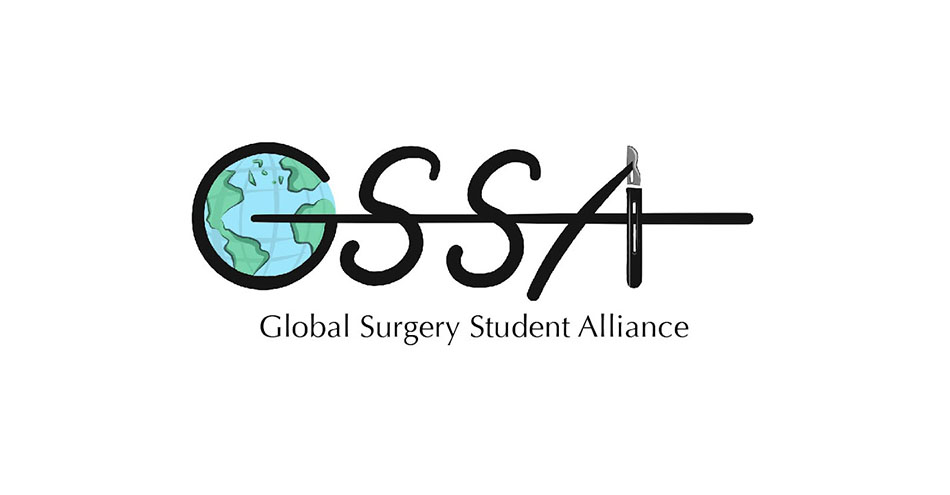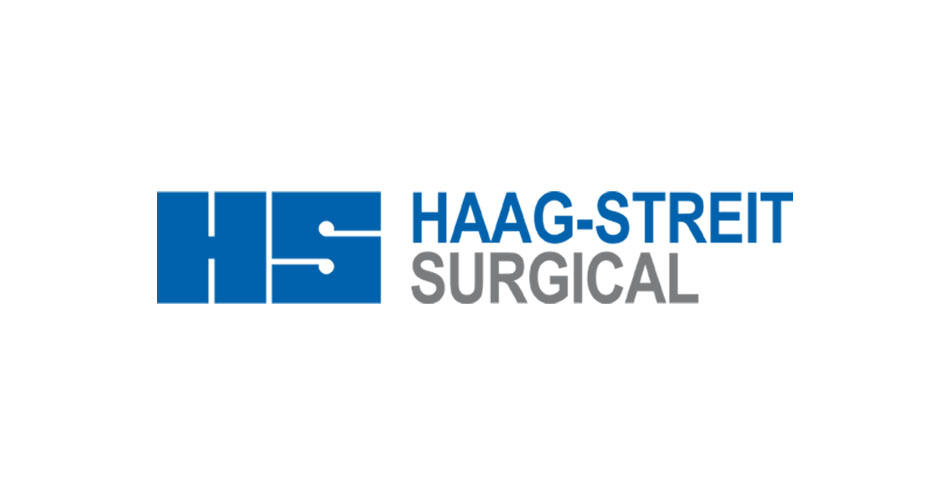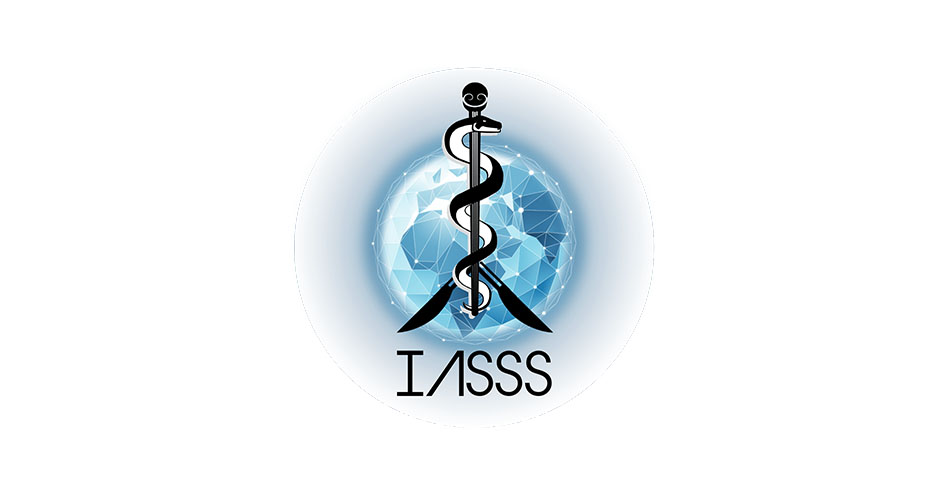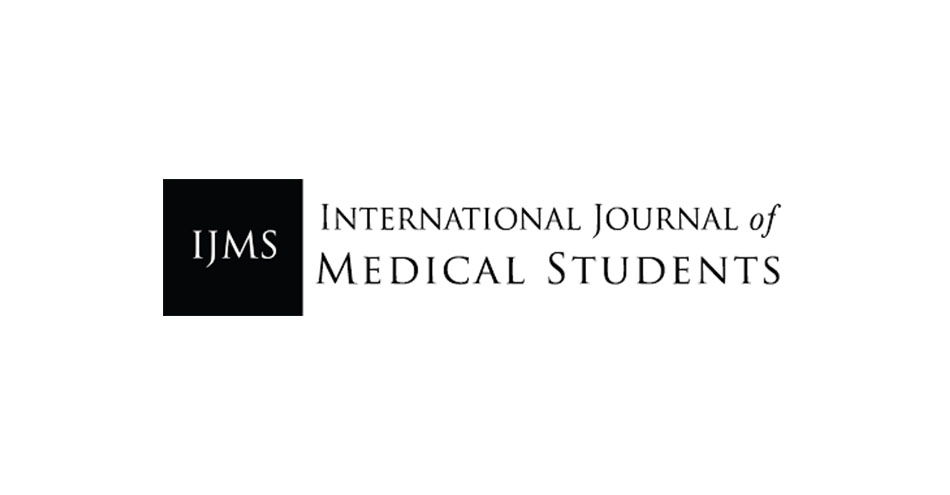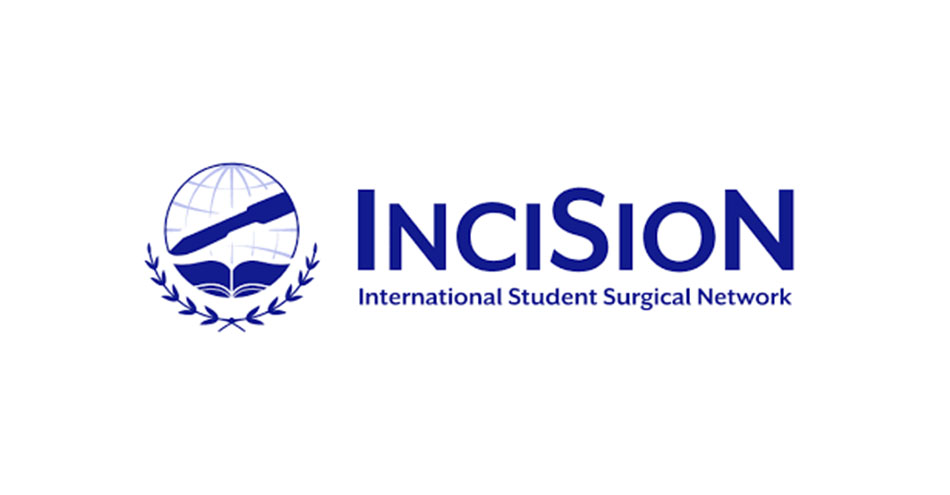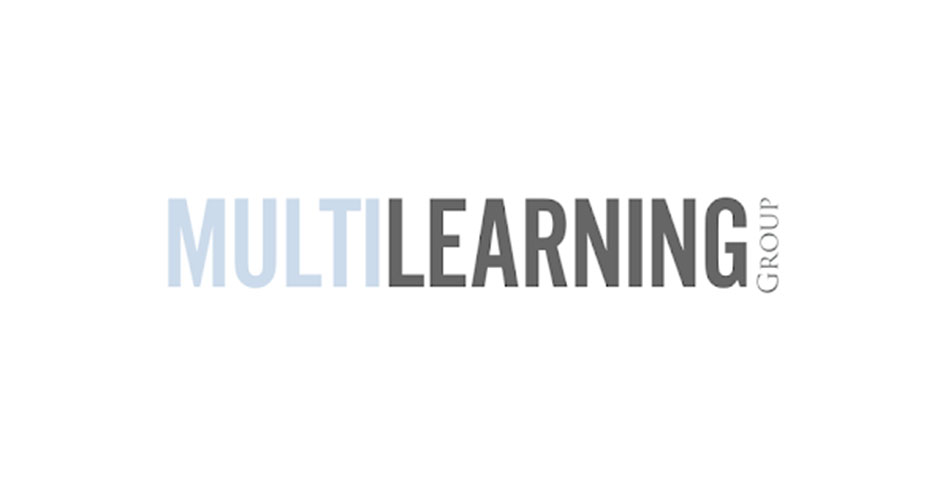Transforming Surgical
Education and Training
Join a collaborative network where cutting-edge healthcare meets
strategic business partnerships.
Discover collaboration opportunities
Why Partner
With CSurgeries
Our commitment is to bridge the gap between innovative medical solutions and the surgical community, enhancing both practitioner skills and patient care globally.
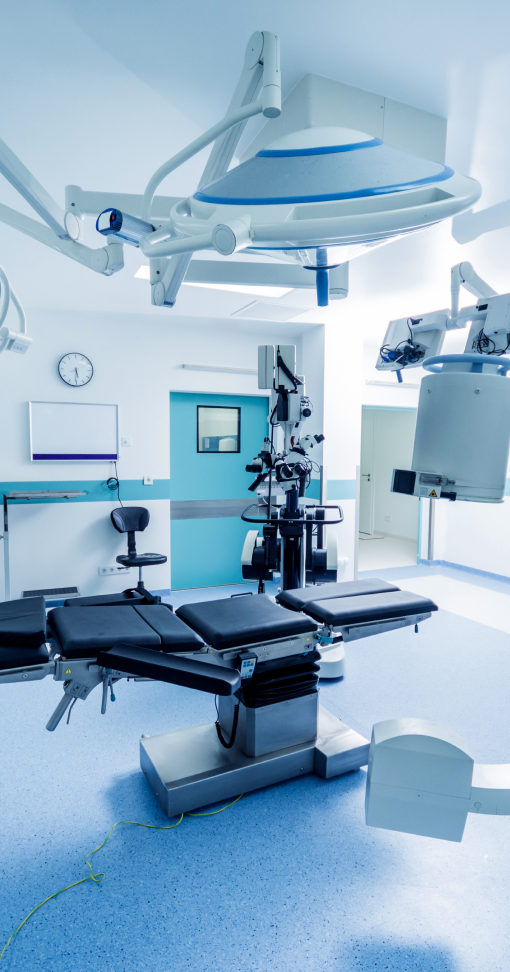
Corporate Partners
We offer unique sponsorship opportunities for brands and organizations seeking to be part of our ecosystem.

Advancing Surgical Knowledge
Play a pivotal role in bringing the latest surgical advancements to thousands of professionals.

Collaborative Impact
Benefit from and contribute to a community that values continuous learning and improvement in surgical practices.

Global Reach
Access a vast network of surgeons and healthcare professionals, expanding your influence and making a tangible difference in healthcare outcomes.
Join our network of professionals
Academic Partners
Partner with us if you are a surgical institution, medical organization, or NGO dedicated to medical education and research.

Enhance Surgical Education
Contribute to and benefit from our extensive resources.
Knowledge Sharing
Share your expertise and resources on a global platform.

Nurture Future Talents
Play a crucial role in shaping the next generation of healthcare professionals.
Join our network of professionals
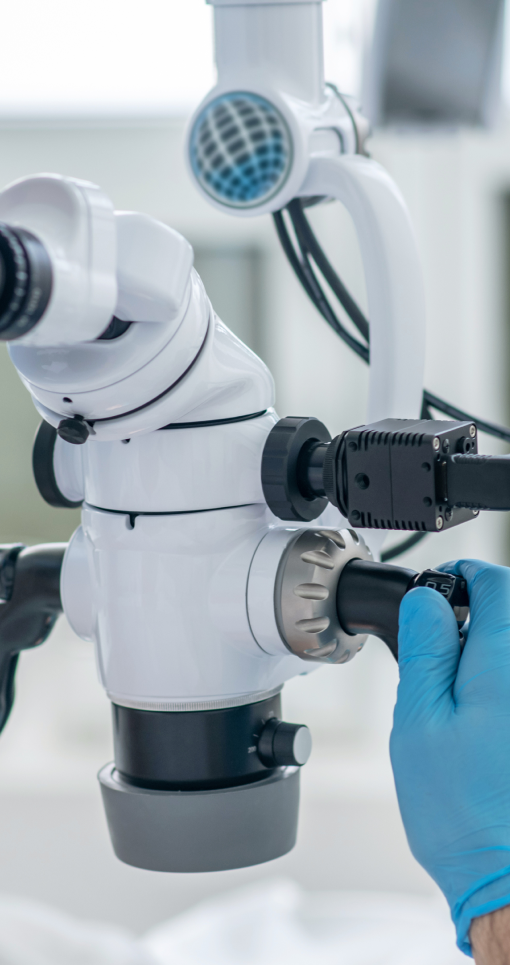
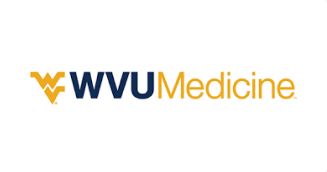
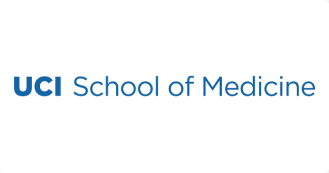
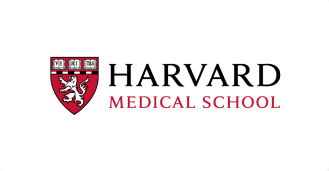

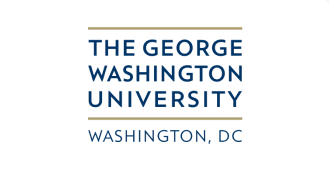
Become a Partner
Reach out today to discover how your organization can benefit from partnering with CSurgeries.

